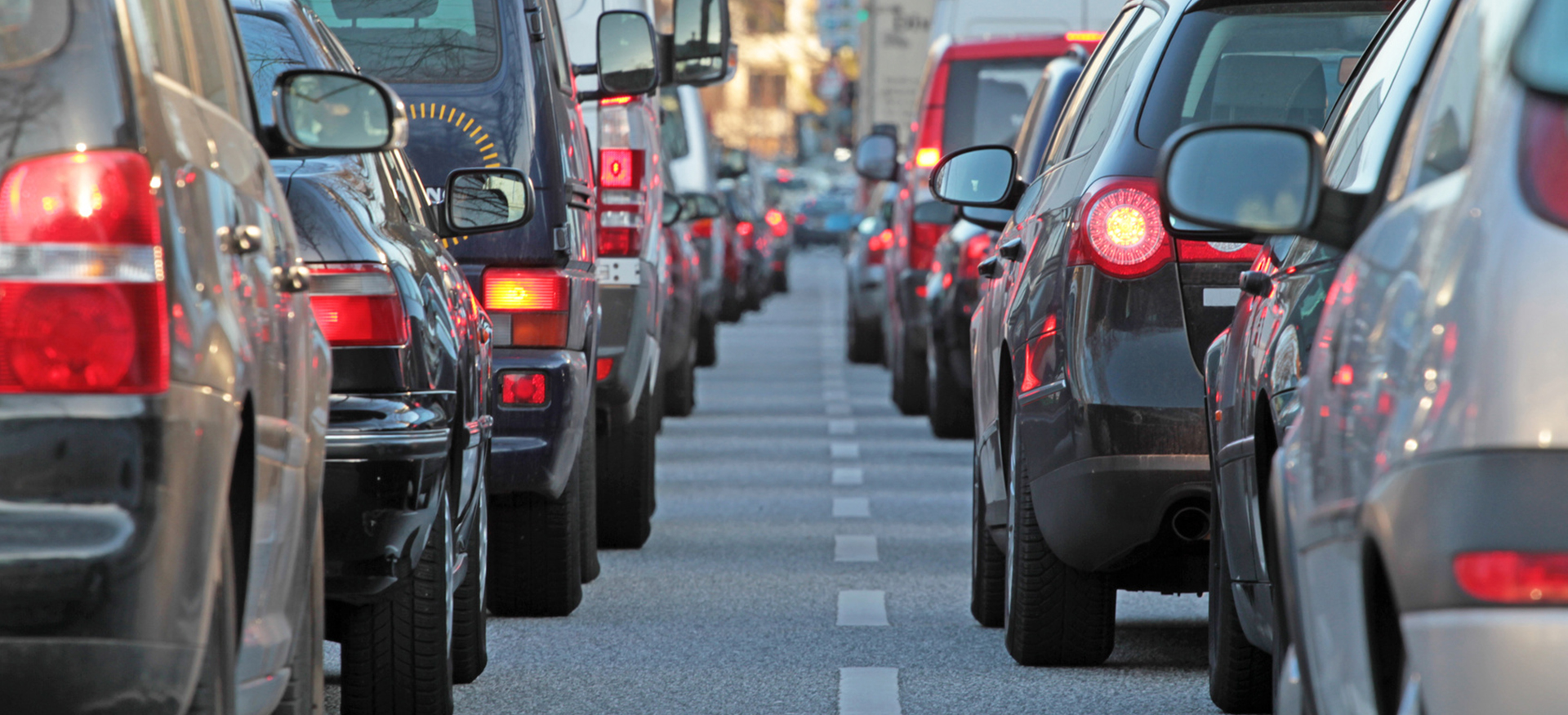According to Dirk Messner, President of the German Environment Agency (UBA): “The positive trend of recent years continued in 2024. The fact that we were able to comply with all limit values last year was not a foregone conclusion, but the result of targeted clean air measures at EU, federal, state and local level. Exhaust gas aftertreatment in particular, e.g. through particulate filters and stricter emission standards, has made a significant contribution to reducing emissions from the transport sector. Measures such as the electrification of buses in local public transport, the streamlining of traffic and reductions in speed also contributed to the improvement on the ground.”
The fact that the limit values were all met in 2024 does not mean that no further efforts are needed to improve air quality. The current limit values are more than 20 years old and no longer reflect the latest scientific findings on the health effects of air pollution. The World Health Organisation (WHO) recommends significantly lower guideline values to protect health.
New limit values from 2030
The revised European Air Quality Directive came into force in mid-December 2024. This will make stricter limit and target values binding across Europe from 2030 including a reduction in the NO₂ annual average limit from the current 40 to 20 µg/m³ and the PM2.5 particulate matter limit from 25 to 10 µg/m³.
“Even if the new European limit values will only gradually approach the significantly lower WHO recommendations, any improvement in air quality will lead to a reduction in the health risk for the population as a whole,” says Messner. The scenarios outlined by the EU Commission on the projected burden of disease indicate that it will decrease significantly across Europe by 2030, provided the stricter limit values are observed.
In the long term, the limit values are to be fully harmonised with the WHO guideline values. To this end, the new Air Quality Directive stipulates that the limit values will be reviewed at the end of 2030 and every five years thereafter. By 2050, the aim is to reduce air pollutants to such an extent that pollution is no longer considered harmful to humans and the environment.
If we compare the final air measurement data from 2023 with the stricter limit values of the new EU directive that will apply from 2030, improvements are still necessary. The evaluation of the NO2 and PM2.5 data shows that around 44 per cent of all NO2 measuring stations do not yet reach the annual average value of 20 µg/m³ and around 4 per cent do not yet reach the annual average value of 10 µg/m³ for PM2.5. Nevertheless, air quality in Germany is expected to improve further by 2030. According to UBA estimates, it is likely that the stricter limit values applicable from 2030 will be met for almost all substances, with only PM2.5 and NO₂ exceeding the thresholds in isolated cases. Full compliance with all limit values in Germany can be achieved by 2035, i.e. before the maximum possible deadline extension (2040).
The new Air Quality Directive
The revised EU Air Quality Directive came into force on 10 December 2024. The main changes are the new and stricter limit values that must be met by 2030. The existing concept of reducing the average exposure indicator (AEI) for particulate matter (PM2.5 ) was updated and extended to nitrogen dioxide (NO2). Accordingly, pollution must be reduced in small, fixed percentage steps until the WHO recommendations are met at urban background stations – an average annual pollution level of 5 µg/m³ for PM2.5 and an annual average of 10 µg/m³ for NO2.
A new feature of the directive is the obligation to measure ultrafine particles (UFP) at locations where high concentrations are likely, e.g. near airports, harbours, roads, industrial sites or building heating systems. The introduction of the “large measuring station” will establish a new type of monitoring station that will also measure pollutants not yet regulated in the directive but that are of increasing concern, such as soot, ammonia or the oxidative potential of particles.
Prompt and transparent information for the public is more firmly anchored in the new Air Quality Directive than before. The focus here is particularly on the protection of vulnerable groups, for example through the establishment of a national air quality index (LQI). The UBA already uses such an index in its air quality app (Luftqualität), issues warnings in the event of poor air quality and provides health recommendations and behavioural tips. In the course of 2025, the UBA will publish a revised air quality index that is more closely aligned with the WHO recommendations.
Accuracy of the data
The evaluation is based on preliminary, not yet conclusively verified data for 2024 from the air monitoring networks of the federal states and the German Environment Agency, as of 03/02/2025. Due to the extensive quality assurance in the monitoring networks, the final data will not be available until mid-2025. However, the currently available data allows for a general assessment of the past year.













